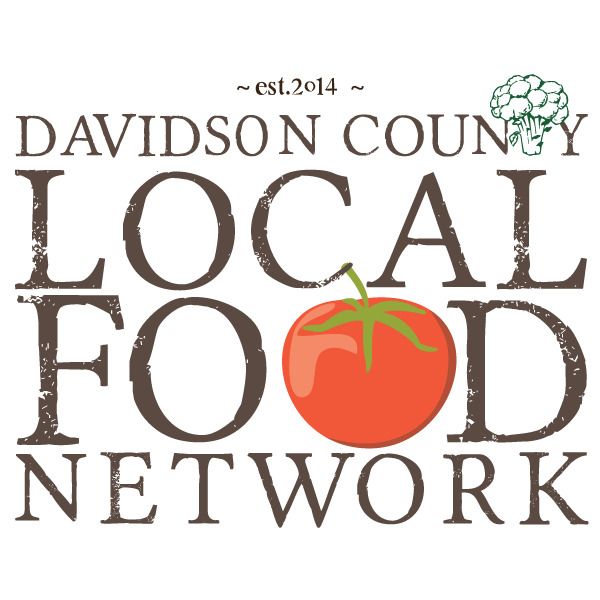Beyond Basil: How to Make Pesto with Seasonal Greens
Pesto isn’t just for summer—or basil.
At this time of year, Piedmont farmers markets and gardens are overflowing with vibrant leafy greens like kale, Swiss chard, spinach, arugula, carrot tops, and mustard greens. These often-overlooked ingredients are perfect for creating bold, nutrient-packed pestos that go far beyond the traditional basil version.
The word pesto comes from the Italian word pestare, which means “to crush” or “pound”—a reference to how the ingredients are blended. That means you can make pesto with just about any tender green, nuts, oil, garlic, and cheese (or not!). And it’s not just for pasta. Drizzle it on roasted vegetables, meats, or seafood. Spread it on sandwiches, swirl it into soups, or whisk a spoonful into your salad dressing for a vibrant, zesty kick.
Seasonal Greens Pesto Recipe
Ingredients:
1/4 cup nuts/seeds (almonds, pecans, pistachios, sunflower, pumpkin, walnuts, or pine nuts)
1/2 cup extra-virgin olive oil
1–4 garlic cloves, chopped
2 tsp lemon juice
3 tightly packed cups of any combination of greens: kale, chard, spinach, parsley, arugula, collards, beet greens, or even carrot tops
1/2 cup grated hard cheese (Parmesan, Pecorino, or Grana Padano – optional)
1 tsp salt
1/2 tsp black pepper
Instructions:
Toast nuts (optional but highly recommended for flavor).
In a food processor, pulse together nuts, salt, lemon juice, and garlic.
Add greens and pulse again.
Scrape down the sides, drizzle in olive oil while pulsing until smooth.
Add cheese if using, and pulse just to combine.
Want more recipes like this and tips for using local produce?
📖 Check out the full recipe on page 30 of our Spring 2025 Local Food Guide!




